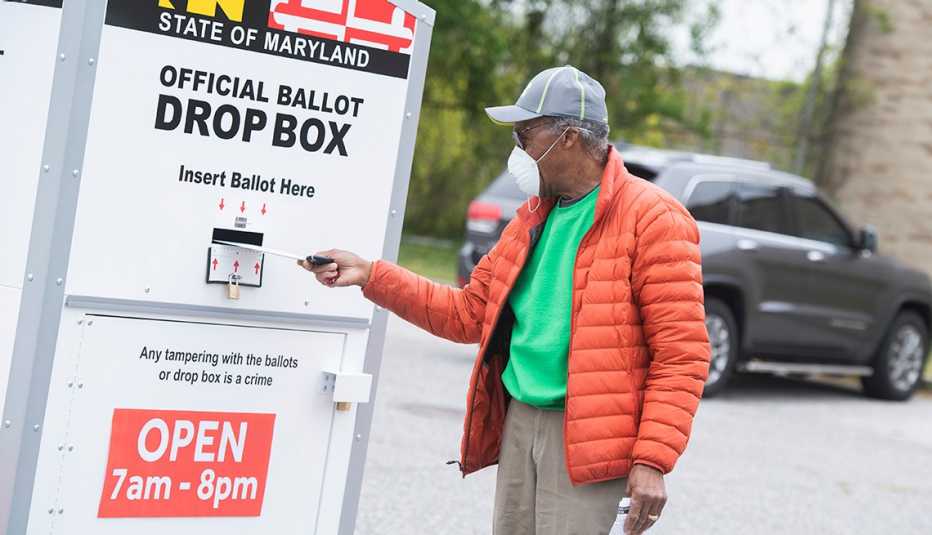AARP Hearing Center


The best ways to minimize the risk of COVID-19 spread during the November elections are to provide voters a variety of options for casting their ballots, and to safely prepare polling stations, according to guidance from the Centers for Disease Control and Prevention (CDC).
"Elections with only in-person voting on a single day are higher risk for COVID-19 spread because there will be larger crowds and longer wait times,” the CDC guidance says. The agency suggests that election officials, poll workers and voters practice such personal prevention measures as wearing cloth face coverings, handwashing, physical distancing, staying home when sick, and cleaning and disinfecting polling stations and equipment.
Each state sets the rules for its elections when it comes to whether residents can vote early, absentee ballots and how polling stations will be operated.
"One of AARP's most important parts of our mission this year, in terms of voter participation, is to make sure people 50-plus and AARP members understand the voting processes in their state, and can vote safely,” said John Hishta, AARP senior vice president for campaigns. “Recognizing that each state approaches their election process somewhat differently, we will make sure that the residents of each state understand and can fully participate in their voting process."
More CDC advice for voters
Follow healthy practices while voting.
- Wear a cloth face covering.
- Wash your hands before entering and leaving the polling place.
- While inside the polling station, use alcohol-based hand sanitizer frequently, especially after touching door handles or voting machines.
- Maintain physical distance (six feet, or about two arm's lengths apart), even when you are wearing a mask.
Consider a variety of ways to vote.
- Voting methods that limit the number of people you come in contact with and the amount of time you are in contact with others can help reduce the spread of the virus.
- Check with your local election office for information on all the ways you can vote.


































































More on Politics
Will Older Voters Decide the 2020 Election?
November remains unpredictable with concerns over how Coronavirus will affect the voting processHow Will America's Many Crises Affect Your Vote in November?
Pandemic, economy, race likely to drive election outcomesWill the Coronavirus Affect the 50-Plus Vote?
See how the campaigns are changing, and how citizens will cast their votes